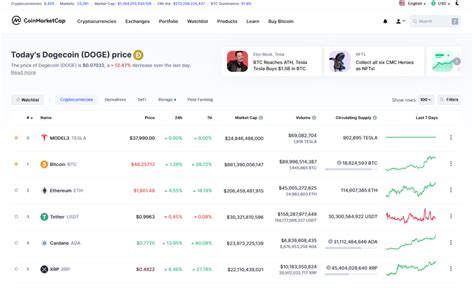Understanding Peer-to-Peer Trading in the Context of Circulating Supply and Price Volatility
In the realm of cryptocurrency trading, peer-to-peer (P2P) marketplaces have become a major player. P2P platforms allow users to trade cryptocurrencies directly with each other without the need for intermediaries such as brokers or exchanges. However, this raises several questions about circulating supply, price volatility, and market dynamics.
Circulating Supply
In traditional trading systems, the amount of cryptocurrency in circulation is determined by the forces of supply and demand in the market. When new coins are issued through mining or other means, they increase the available supply and decrease the value of existing coins relative to each other. This phenomenon is known as circulating supply.
For example, Bitcoin’s circulating supply was around 13 million at its peak in February 2017. As miners began to switch from using SHA-256 to Scrypt mining algorithms, new coins were added to the network, increasing the available supply and decreasing the value of existing coins like Bitcoin Cash (BCH) and Dogecoin (DOGE).
Price Volatility
Price volatility refers to the fluctuations in the price of a cryptocurrency over time. As P2P markets emerge, they introduce various factors that contribute to price volatility, including:
- Market Sentiment: The emotions and opinions of market participants can significantly influence price movements.
- Order Flow: The number of buy and sell orders in the market can impact the direction of prices.
- Market Liquidity: The availability of buyers and sellers can affect price stability.
- Regulatory Uncertainty

: Changes in government regulations or policies can impact investor confidence and, as a result, prices.
P2P markets often exhibit more pronounced price volatility than traditional trading platforms for several reasons:
- Lack of Central Authority: P2P markets operate without the constraints of a single entity controlling the market.
- Higher Transaction Costs: Using decentralized networks can increase transaction fees and latency.
- Increased Market Complexity: P2P markets involve multiple actors with different interests, leading to more complex price dynamics.
Circulating Supply and Price Volatility
The relationship between circulating supply and price volatility remains an open question in the cryptocurrency space. Some researchers argue that increased circulation can lead to higher prices due to:
- Increased demand: As more coins are added to the network, existing holders can sell their coins for higher prices.
- Reduced competition: The scarcity of a particular coin can increase its value due to a reduced supply.
On the other hand, others suggest that circulating supply can lead to lower prices if:
- Excess supply occurs: When too many coins are mined or added to the network, the available supply can become too high relative to demand.
- Lack of scarcity
: If a particular coin has no inherent value or utility, its price may not be influenced by circulating supply.
Mitigating Price Volatility
To minimize price volatility in P2P markets:
- Use Limit Orders: Set stop-losses and other order types to manage risk.
- Diversify Your Holdings: Spread investments across multiple coins and asset classes.
- Monitor Market Sentiment: Analyze trends, news, and social media to gauge market sentiment.
Conclusion
Peer-to-peer trading in the context of circulating supply and price volatility is a complex issue that has both advantages and disadvantages. By understanding these factors, users can make informed decisions about their investment strategies and mitigate potential risks.
